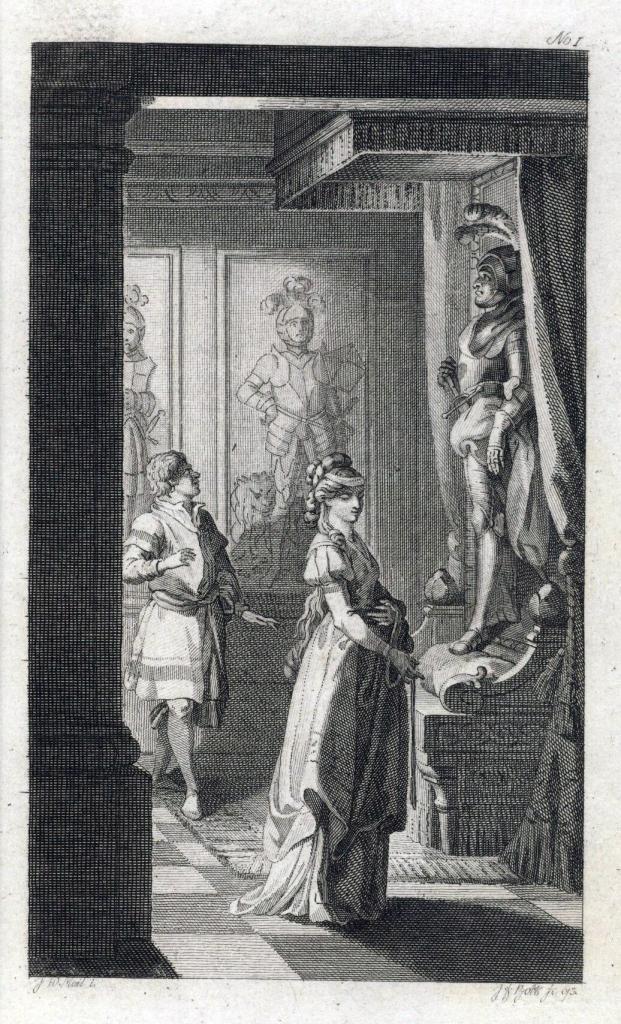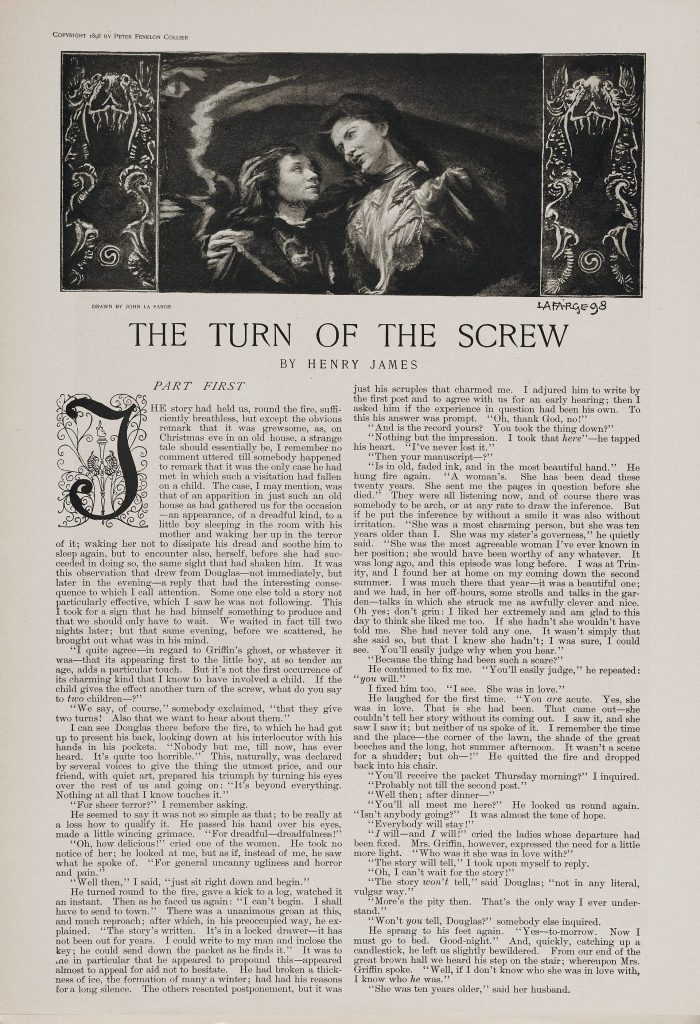What’s scarier: a fabricated boogeyman, or the realistic pressures of paranoia, guilt, fear, and self-doubt gnawing at your very soul? When it comes to horror all scares are good scares, but when it comes to psychological horror the scares tend to hit closer to home. You may not have a den of devil worshipers trying to steal your baby, but as a parent you may fear for the safety of your child and the unknown dangers that could lurk around every corner. Oftentimes it’s the dreaded anticipation of something happening, rather than the actual thing itself, that is more alarming.
Defining Psychological Horror
Psychological horror centers around the mental and emotional states of its characters, typically replacing actual physical monsters with psychological terrors instead (madness, paranoia, anxiety, guilt, and so on). And even when the story does contain monsters, it tends to keep these creatures shrouded in darkness so the focus is on subliminal rather than overt horror. In fact, the “monster” is often meant to function as a complex metaphor for the flaws of the character or society at large. The overall effect is an unsettling story that uses internal conflict to dig into the darker, underlying fears of the human psyche.
Psychological Horror Origins and Development

Early gothic literature features mentally unstable protagonists and terrifying manifestations of guilt and fear, so it’s no surprise that much of the groundwork for today’s psychological horror was laid in the 18th century by popular gothic writers. Horace Walpole’s The Castle of Otranto, Ann Radcliffe’s The Mysteries of Udolpho, and Matthew Lewis’ The Monk are all shining examples of gothic horror establishing and promoting an emphasis on psychological terror.
In the 19th century American authors such as Ambrose Bierce and Nathaniel Hawthorne were instrumental in continuing the fascination with psychological fear. Henry James is another standout author during the time period, whose 1898 novella The Turn of the Screw effectively blends supernatural frights with mental uncertainty. But perhaps no one did it better than Edgar Allan Poe. Pick a Poe story from a hat – from “The Black Cat” to “The Tell-Tale Heart” and beyond – and you’ll likely wind up with an unreliable narrator suffering through thick layers of paranoia, terror, and even mental disorders.
Psychological Horror Films and Books in the Postmodern Age

Going into the 20th century, psychological horror gained an even larger audience and wider popularity in literature. One notable contributor to the genre during this time is Shirley Jackson, who became a household name with her disconcerting novels of distrust and paranoia such as The Bird’s Nest (1954), The Haunting of Hill House (1959), and We Have Always Lived in the Castle (1962). Then of course there’s Stephen King, who wrote breakout hits in pretty much every horror genre, but whose novels Carrie (1974), Misery (1987), Gerald’s Game (1992), and The Girl Who Loved Tom Gordan (1999) in particular are known for their elements of psychological terror.
Jackson and King really helped propagate the genre, in the stories they wrote but also the numerous adaptations and spinoffs that they inspired. Other fan favorites from the 20th century include William Golding (Lord of the Flies), Robert Block (Psycho and American Gothic), and Thomas Harris (basically anything involving Hannibal Lector). This is also the time period when the “psychological thriller” rose in popularity, blurring the lines and making it more difficult to discern between the two overlapping genres.

The 20th century is also when psychological horror was woven into newer forms of media as well, specifically in movies. One of the very first films that fits into this genre is the 1920 German expressionist piece The Cabinet of Dr. Caligari, with its unnatural architecture, foreboding mood, and unsettling discomfort. Moving forward in the decades, some standout films in American cinema include Repulsion (1965), Rosemary’s Baby (1968), The Shining (1980), The Silence of the Lambs (1991), Additionally, elements of psychological horror can also be found in the Italian genre of giallo and the Asian genres of “J-Horror” and “K-Horror” (all of which also have their American remakes, of course).
Recent Examples of Psychological Horror
The 21st century has only seen an increase in popularity for the genre, as many notable creators seek to tell stories that not only disorient and unsettle, but that include relevant social commentary and complex metaphors as well. In the world of film Darren Aronofsky gave us Black Swan (2010) and mother! (2017), David Robert Mitchell made the subliminal hit It Follows (2014), Jordan Peele elevated the genre with Get Out (2017), and Robert Eggers continues to amaze with movies like The Witch (2015) and The Lighthouse (2019). Some newer authors who write in the vein of psychological horror are Josh Malerman, Brian Evenson, V.C. Andrews, Nick Cutter, and Mark Z. Danielewski. And of course there are plenty other examples; indeed far more than there is room for in this article. With these particular standard bearers and more, it is clear that the genre is in good hands.

In Conclusion
The effectiveness of this horror genre lies in its ability to unnerve and disturb by getting inside your head and messing with your mind, Stories that stand on often shaky narrative ground sound risky, but in actuality this inability to discern fact from fiction (for the character and the audience) is quite effective in its ability to frighten. If you’re looking for a deeply unsettling scare that explores important societal issues while also making you question your very sanity, look no further than psychological horror.
Do you have a favorite book, film, or comic in the psychological horror genre? Let us know in the comments below!

Ben’s love for horror began at a young age when he devoured books like the Goosebumps series and the various scary stories of Alvin Schwartz. Growing up he spent an unholy amount of time binge watching horror films and staying up till the early hours of the morning playing games like Resident Evil and Silent Hill. Since then his love for the genre has only increased, expanding to include all manner of subgenres and mediums. He firmly believes in the power of horror to create an imaginative space for exploring our connection to each other and the universe, but he also appreciates the pure entertainment of B movies and splatterpunk fiction.
Nowadays you can find Ben hustling his skills as a freelance writer and editor. When he’s not building his portfolio or spending time with his wife and two kids, he’s immersing himself in his reading and writing. Though he loves horror in all forms, he has a particular penchant for indie authors and publishers. He is a proud supporter of the horror community and spends much of his free time reviewing and promoting the books/comics you need to be reading right now!
